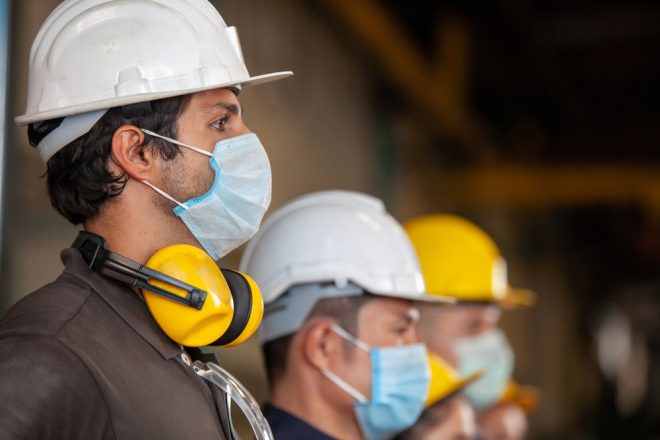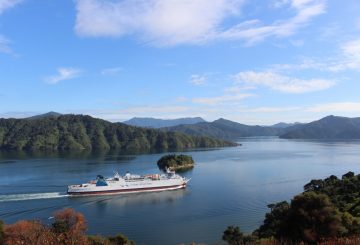At Alert Levels 2, 3 and 4, most workers who interact with the public must wear a face covering.
This includes workers who:
These rules apply at Alert Level 2, 3 and 4. However not all the businesses listed above can operate at Alert Levels 3 and 4, and some can only open for contactless delivery so should not be interacting with customers.
Exemptions for workers who cannot wear a face covering
Some workers who have a disability or health condition may not be able to wear a face covering safely or comfortably. If so, these workers do not need to wear a face covering. Businesses should work with their staff in good faith to see if there are other health and safety actions that could be taken to keep their staff safe.
Some customers and visitors may not feel comfortable if workers are not wearing a face covering. Consider asking your worker to apply for an exemption card they can show customers or provide other ways to communicate to customers why your worker is not able to wear a face covering. Keep this high-level and do not disclose personal information.
People can request a card from the Disabled Persons Assembly NZ by contacting them on 04 801 9100 or at info@dpa.org.nz
Some workers may have personal reasons for not wearing a face covering, for example they have a beard that prevents one from being worn. There is no exemption to face covering requirements for personal reasons. In such situations, businesses should work with their staff in good faith to resolve the situation and explore alternatives.
Customers must also wear face coverings when visiting some businesses
This includes when using public transport and taxies, visiting healthcare or aged care facilities and inside retail businesses, such as supermarkets, pharmacies, shopping malls, indoor marketplaces, takeaway food stores, and public venues, such as museums and libraries.
Customers do not need to wear face covering when using click and collect services (for example at Alert Level 3), but these are encouraged.
Only customers aged 12 years or older are required to wear a face coverings.
Some people who have a disability or health condition may not be able to wear a face covering safely or comfortably, and so are not required to wear one. These people can get an exemption card but are not required to carry it or show it.
Businesses and services do not need to stop people without face coverings from entering their premises or boarding their transport service, because some people will be exempt from wearing a face covering.
Businesses may wish to require face coverings at their premise. They need to take care when doing so, to ensure they do not discriminate against people with disabilities that prevent them from wearing a face mask.
Workers and customers can temporarily remove face coverings in some situations
Aside from exemptions for health and disability reasons, face coverings can also be temporarily removed in situations such as:
In such situations, businesses should still meet physical distancing requirements.
Keeping your workers safe when asking customers to wear face coverings
As well as meeting the Alert Level requirements, businesses must continue to comply with all other laws including the Health and Safety at Work Act 2015 (HSWA).
While businesses are not required to ensure people wear face coverings, they may take steps to encourage it.
When considering these steps, businesses should think about how to keep their workers healthy and safe. This should include what you might do if a person becomes angry at the worker who is encouraging people to wear a face covering.
If people refuse to wear a face covering, businesses are not required to take any further action to make them.
You should ensure your workers have adequate support, instruction and information, including knowing what to do if things escalate.
Providing information, training, instruction or supervision for workers(external link) — WorkSafe
We recommend you provide your staff with wording they can use if things escalate, so they are best able to de-escalate a situation. We recommend you are clear when workers should walk away or decide not to continue to engage with the person. Workers have the right to cease or refuse work where they believe that the work would expose them or another person to a serious health and safety risk.
Information can be found on WorkSafe’s website.
Request assistance to resolve issues relating to the cessation of work(external link) — WorkSafe
You should also consider what kind of behaviour might mean you call the Police and publicising this – for example you may want to put signs up indicating that abuse of your staff will not be tolerated.
More information about face coverings can be found on the Unite Against Covid website.
Wear a face covering(external link) — covid19.govt.nz























































-helped-regain-her-strength-and-balance-using-Nymbl-after-a-fall.-660x440.jpg)


